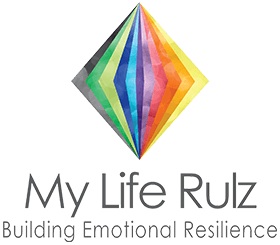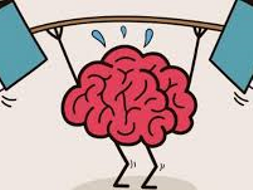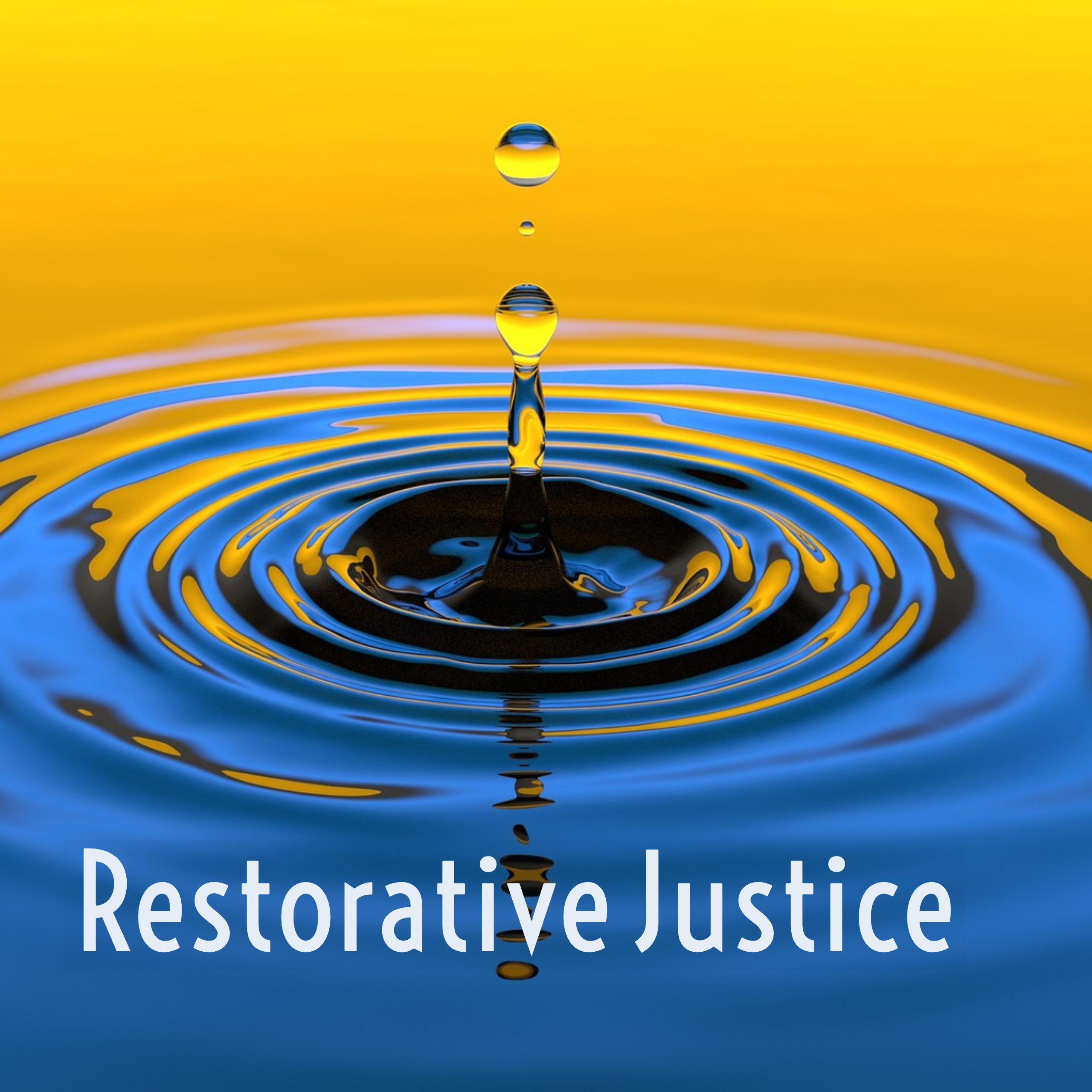
My Life Rulz

My Life Rulz are 10 foundational mental rules* to build emotional resilience.
My Life Rulz builds a healthy mind and can be grasped by children of all ages, cultures and aptitudes. Using a variety of media presentations this is encapsulated common sense at its best; simple, comprehensive and profound and can be grasped in just minutes.





